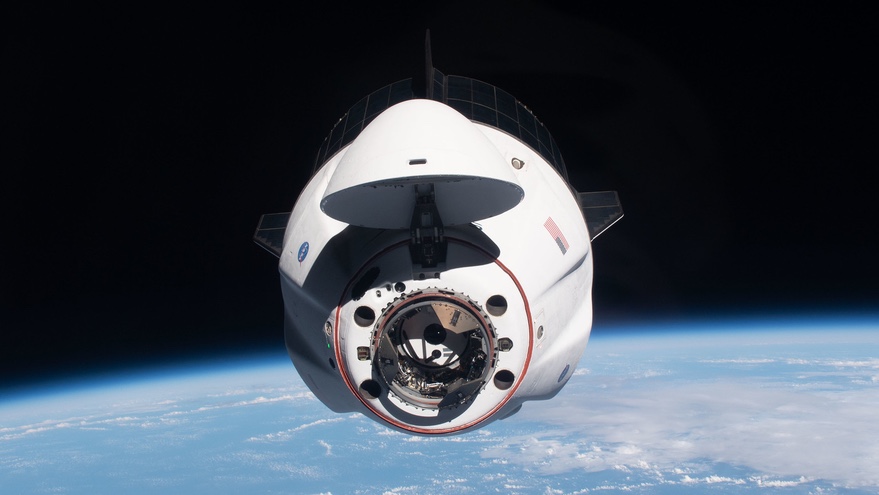WASHINGTON — NASA officials say they are still hopeful to complete a seat barter agreement with Russia in time to allow an exchange of seats on missions this fall despite the tensions between Russia and the West.
At briefings March 31 about the upcoming Crew-4 Crew Dragon mission to the International Space Station, scheduled for launch April 20, agency officials said they were still waiting for Roscosmos and Russia’s foreign ministry to approve an agreement that would allow Russian cosmonauts to fly on commercial crew vehicles in exchange for NASA astronauts flying on Soyuz spacecraft to the station.
NASA has along emphasized the importance of such arrangements that ensure there would be at least one Russian and one American on the station in the event either Soyuz or commercial crew vehicles were not available for an extended period. The agreement allowing the exchange was, as of earlier this year, pending approval by the Russian government.
The goal at the time was to have the agreement in place to allow a Russian cosmonaut, Anna Kikina, to go on the Crew-5 mission launching in September, while a NASA astronaut, rumored to be Frank Rubio, would go on the Soyuz MS-22 mission also launching in September. That goal remains in place, but agency leaders said time is running out.
“At some point, if we don’t get the paperwork out of the Russian and over to our side,” said Kathy Lueders, NASA associate administrator for space operations, “we won’t have enough time to be able to support crew training and operations for Crew-5. But we still feel like that’s our long-term logistics strategy.”
Neither Lueders nor Dana Weigel, NASA ISS deputy program manager, gave a specific deadline for completing the agreement to preserve a seat exchange in the fall. Weigel said one critical timeline is building the suits, which are different for Soyuz and Crew Dragon. “I don’t have specific schedules,” she said. “Everyone continues to refine how far out you can push that.”
Training is another factor, with some cosmonauts having recently been in the United States for training but none currently. “There’s a point in time where you hit a limit,” she said of those preparations. “We’re not there yet. We’re still both working jointly on that and we’re hopeful we can stay on those timelines.”
If the agreement isn’t ready in time, there is a plan for a backup crew member to go on Crew-5 in place of Kikina, said Steve Stich, NASA commercial crew program manager. “I think we have a little more time before we have to pull the trigger on a backup crew member.”
Those discussions continue while questions remain about Russia’s long-term commitment to the ISS, particularly after sanctions imposed by Western nations after Russia’s invasion of Ukraine. Dmitry Rogozin, head of Roscosmos, suggested in March he would make some kind of decision about Russia’s future on the station if sanctions were not lifted by the end of the month. Those sanctions remain in place.
NASA officials reiterated that ISS operations remain normal with no changes to operations, including efforts to secure an extension of the station from 2024 to 2030. Lueders said the ISS partners were planning meetings of a space station control board in late April or early May, and of the multilateral control board that governs the overall ISS partnership in June.
“All of our international partners, including Roscosmos, are making progress moving towards station extension to 2030,” she said. “We all understand the importance of this continued partnership even in really, really tough times.”
